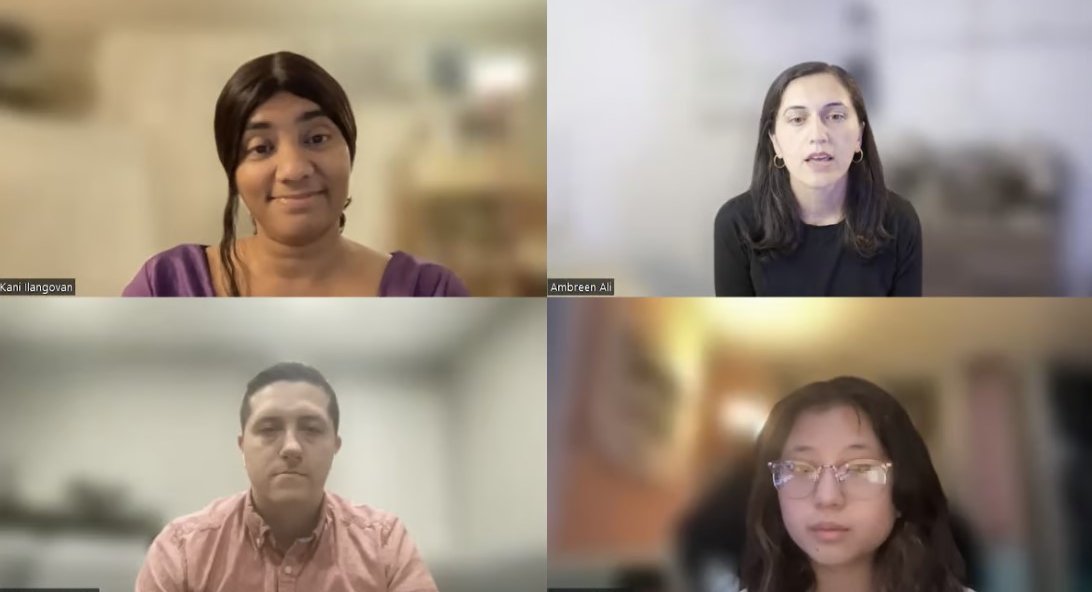New Jersey has some of the most segregated schools in the nation. A 2017 report by the Civil Rights Project at UCLA found the state’s schools were the sixth most segregated for Black students, and the seventh for Latino students. Activists and educators alike say when students from marginalized communities don’t have access to diverse educational environments, they suffer, finding fewer opportunities to advance, to go on to college and to wind up in good jobs.
Those issues are at the heart of a lawsuit that could find the state’s public schools are unconstitutionally segregated, and make lawmakers responsible for finding solutions. It’s an issue deeply intertwined with housing policy — because in New Jersey, with its roughly 600 school districts, where you live closely determines where you go to school.
But in New Jersey, there’s been far less discussion about what that kind of segregation means for the state’s growing Asian American and Pacific Islander communities.
Ambreen Ali, author of the Central Desi newsletter and website, recently engaged an in-depth discussion with students, educators and parents about what diversity and segregation mean to the AAPI experience. A transcript of her conversation with WNYC’s Tiffany Hanssen about her takeaways appears below. It has been lightly edited for clarity.
Tiffany Hanssen: Can you give us a sense of what the situation is like in New Jersey schools: how integrated or how segregated are they?
Ambreen Ali: It really varies depending on what kind of school those Asian American students are in. Now, 68 schools in the state are majority Asian American and 16 of them are actually more than 75% Asian. That’s highly unusual compared to other states around the country. Asian Americans make up 10% of the state’s population, which isn’t that large.
But if you are going to a school like John Adams Middle School in Edison, New Jersey, 87% of your peers are Asian and most of them are Indian. That means that only 5% of the people that…
Read the full article here

Leave a Reply